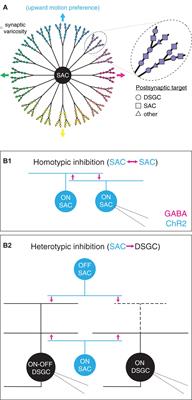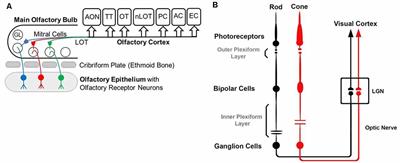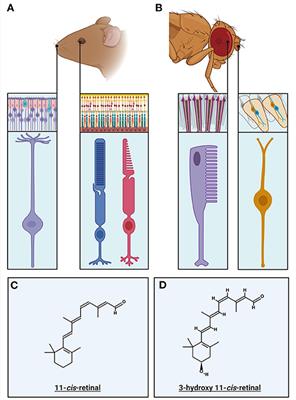ORIGINAL RESEARCH
Published on 14 Oct 2021
Dual-Cell Patch-Clamp Recording Revealed a Mechanism for a Ribbon Synapse to Process Both Digital and Analog Inputs and Outputs

doi 10.3389/fncel.2021.722533
- 2,435 views
- 1 citation
35k
Total downloads
204k
Total views and downloads
Select the journal/section where you want your idea to be submitted:
ORIGINAL RESEARCH
Published on 14 Oct 2021

REVIEW
Published on 03 Aug 2021

ORIGINAL RESEARCH
Published on 28 Jul 2021

ORIGINAL RESEARCH
Published on 26 Jul 2021

REVIEW
Published on 07 Jul 2021

ORIGINAL RESEARCH
Published on 22 Jun 2021

ORIGINAL RESEARCH
Published on 06 May 2021

REVIEW
Published on 05 May 2021

HYPOTHESIS AND THEORY
Published on 30 Apr 2021

ORIGINAL RESEARCH
Published on 27 Apr 2021

REVIEW
Published on 23 Apr 2021

REVIEW
Published on 01 Apr 2021


Frontiers in Neural Circuits
Frontiers in Synaptic Neuroscience